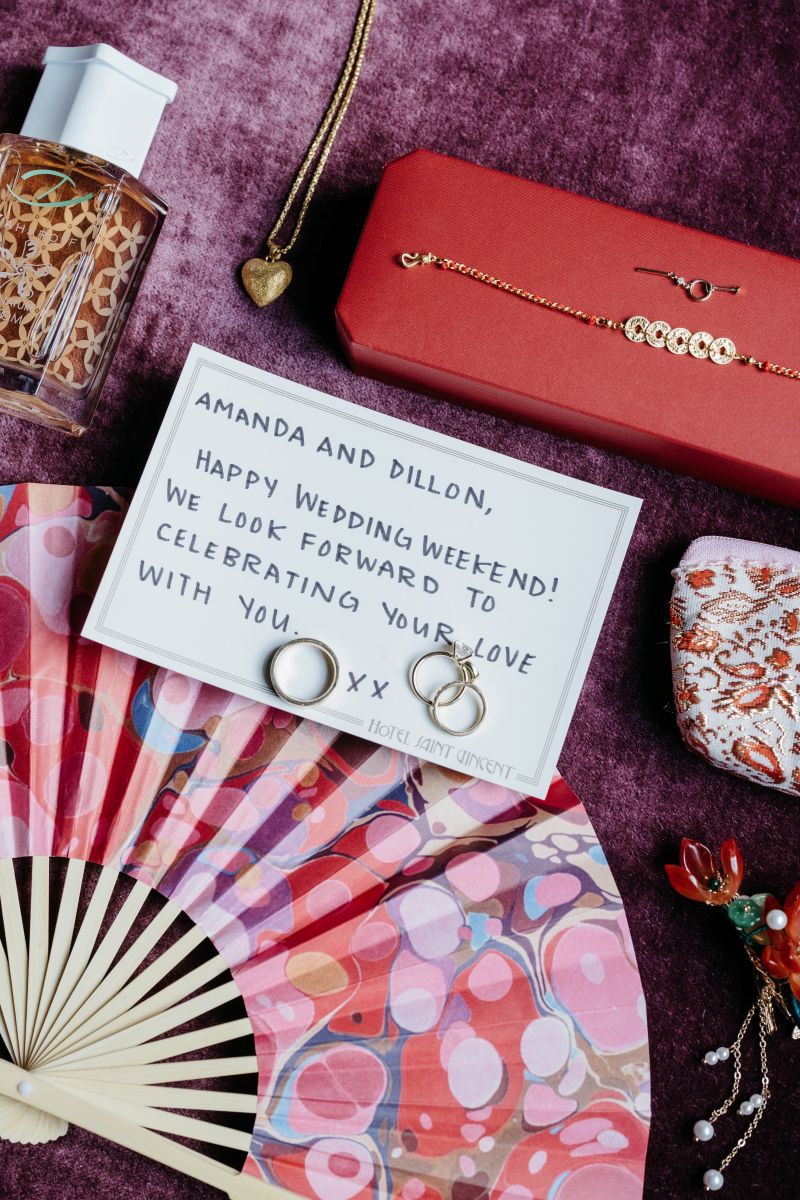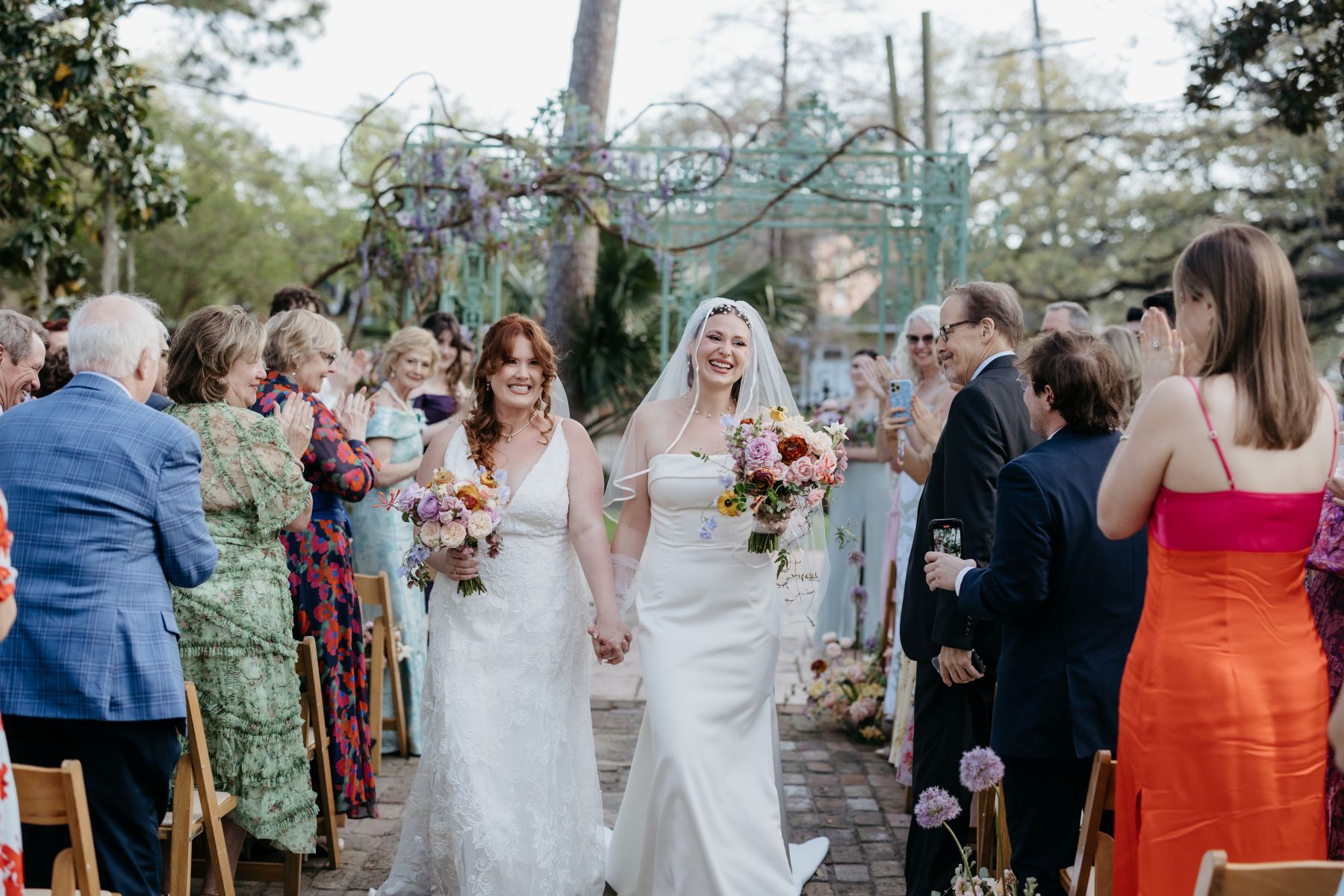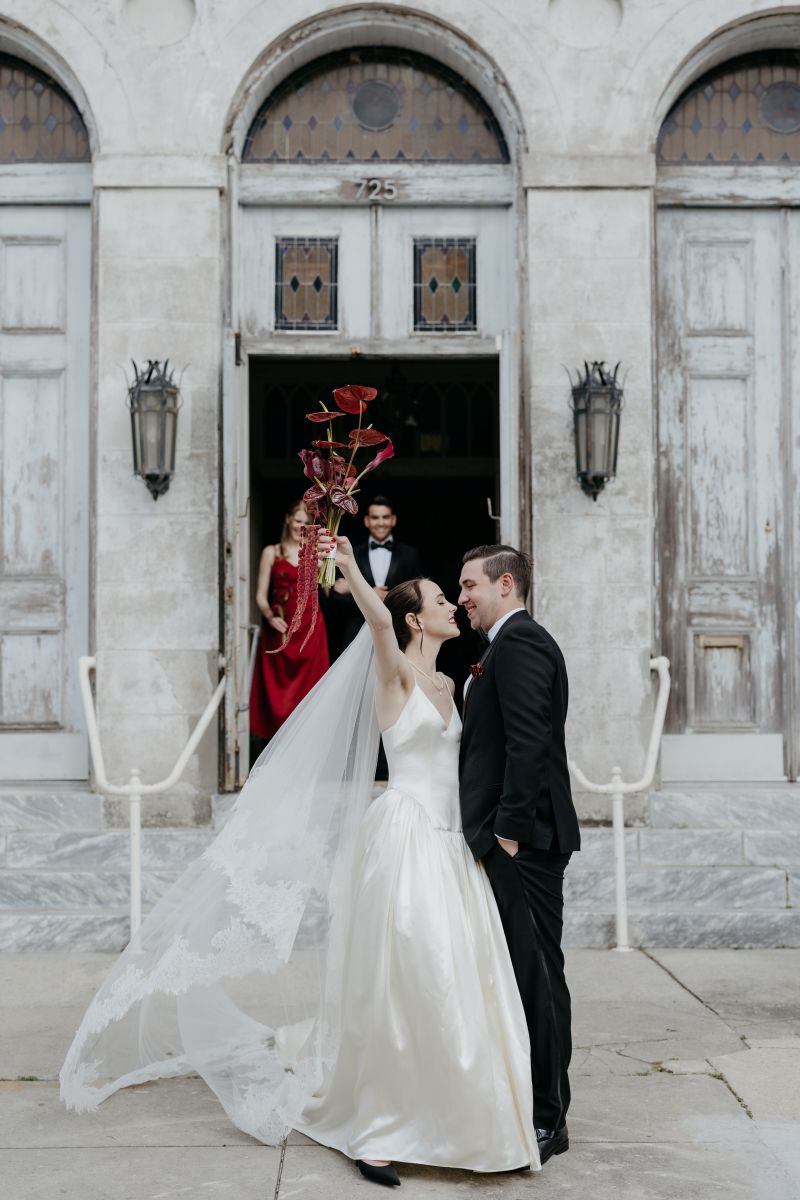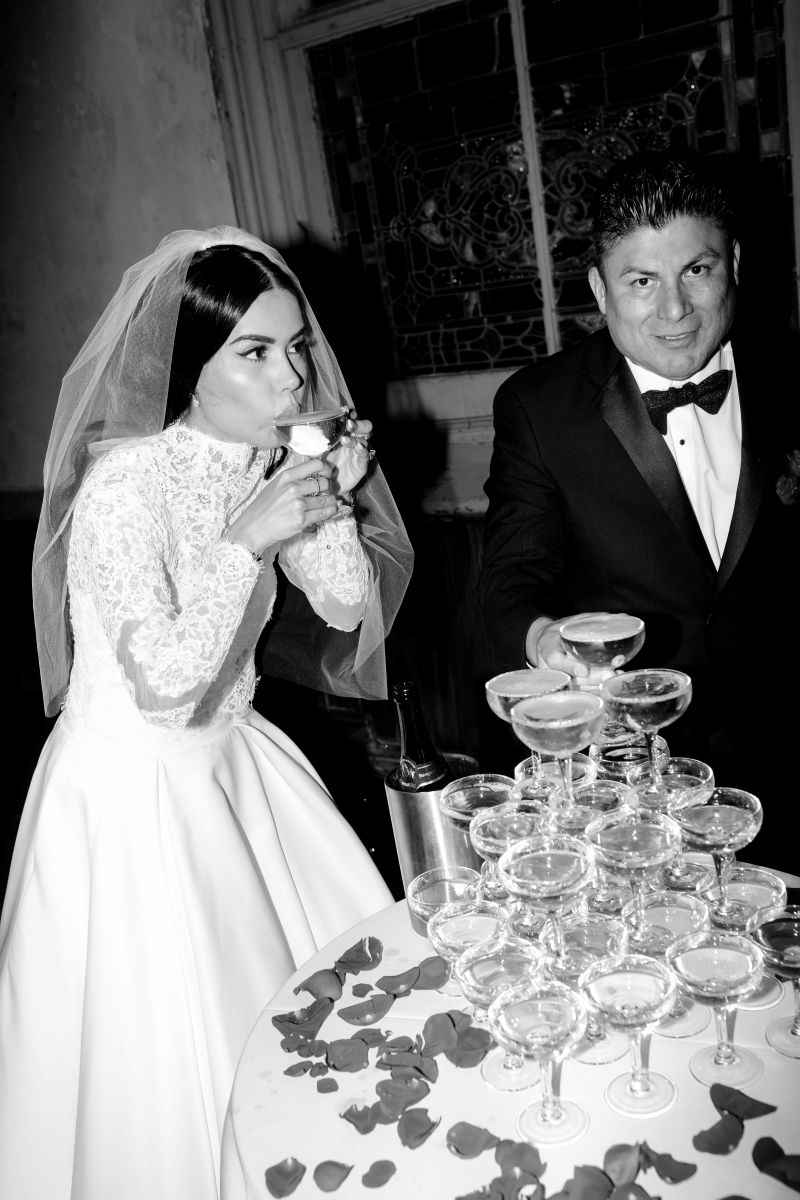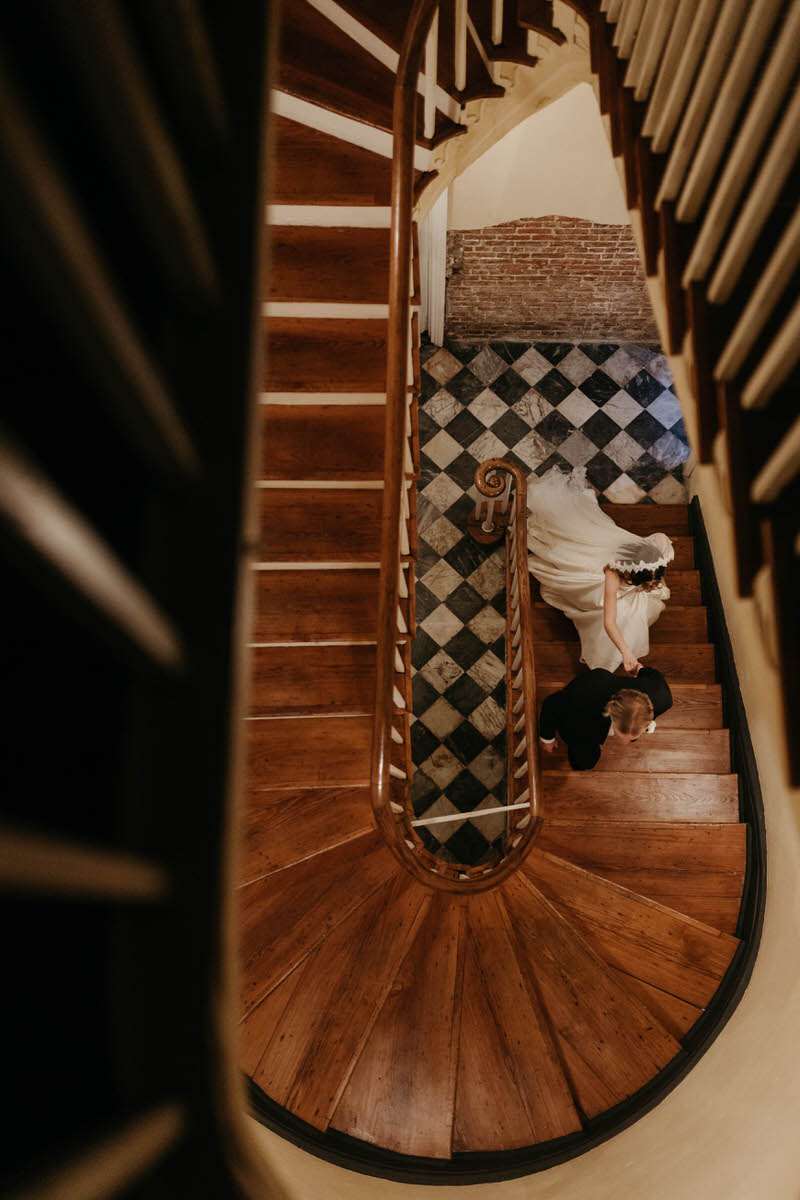I love using film photography for weddings. It’s emotional, earthy, and imperfect like the wonderful people I photograph. There’s something special about instant film cameras. Honestly, I might love it more than 35mm film! There’s something satisfying about the experience of taking a film photo and seeing it within minutes. In this post, I review what I have found to be the best instant film cameras for wedding photography.
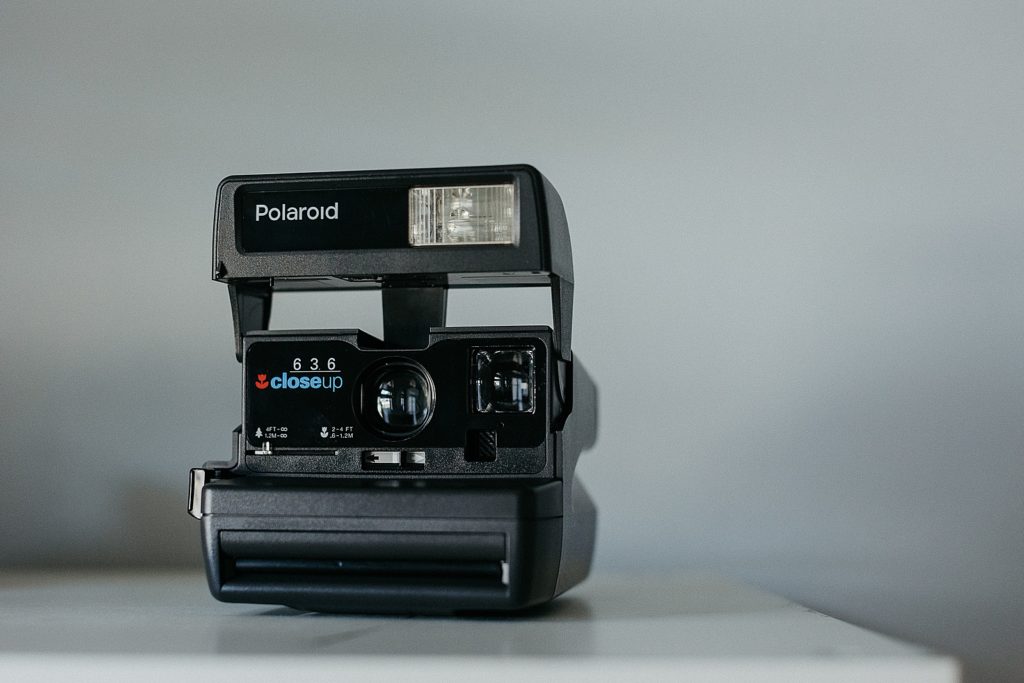
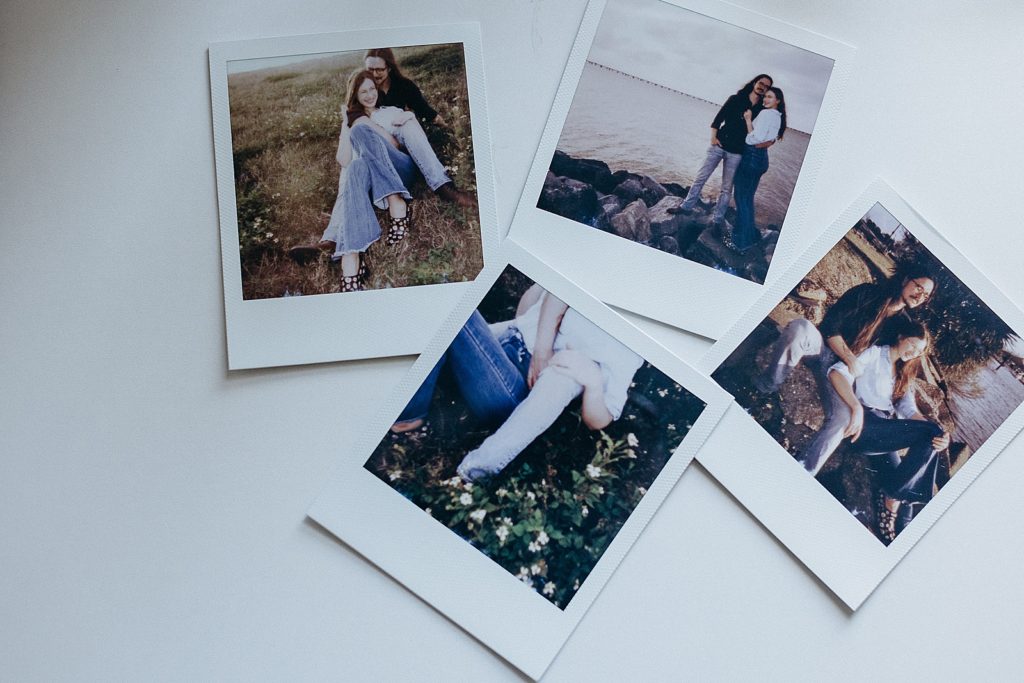
Finding the Best Instant Film Camera
It’s worth noting that all Polaroid cameras are instant film cameras, but not all instant film cameras are Polarioids. The brand name has become synonymous with instant film, but there are actually a variety of brands. This matters because instant film and instant film cameras differ drastically. From size, shape, chemical makeup of the film, and even colors, each instant film has its own identity.
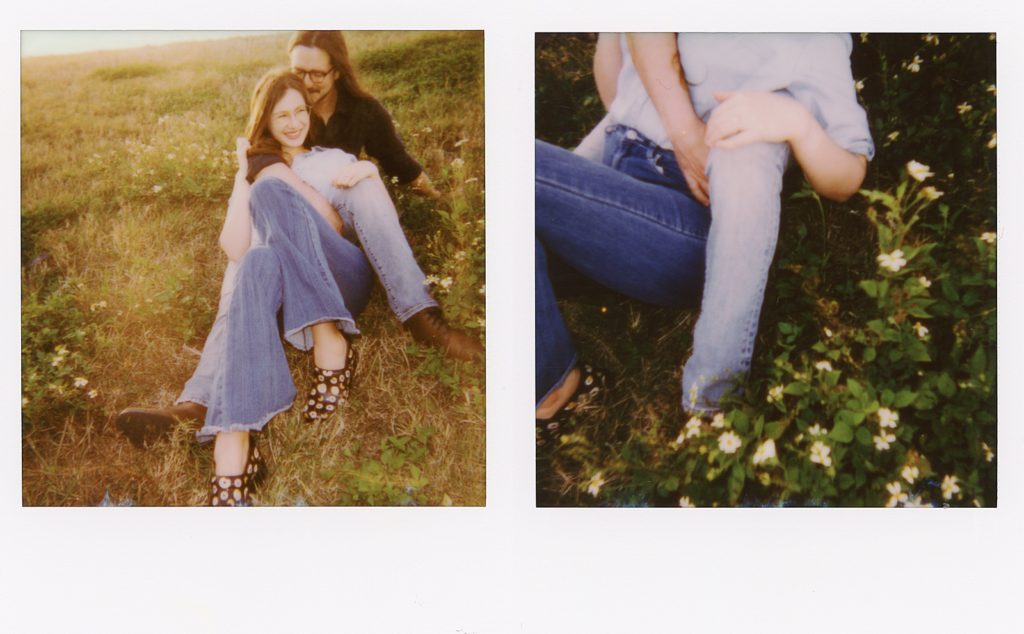
So how do you sort through it all to find the best instant film camera? “The best” of anything is, of course, nuanced. I offer the pros and cons of each of these cameras so that you can find the best instant film camera for your needs.
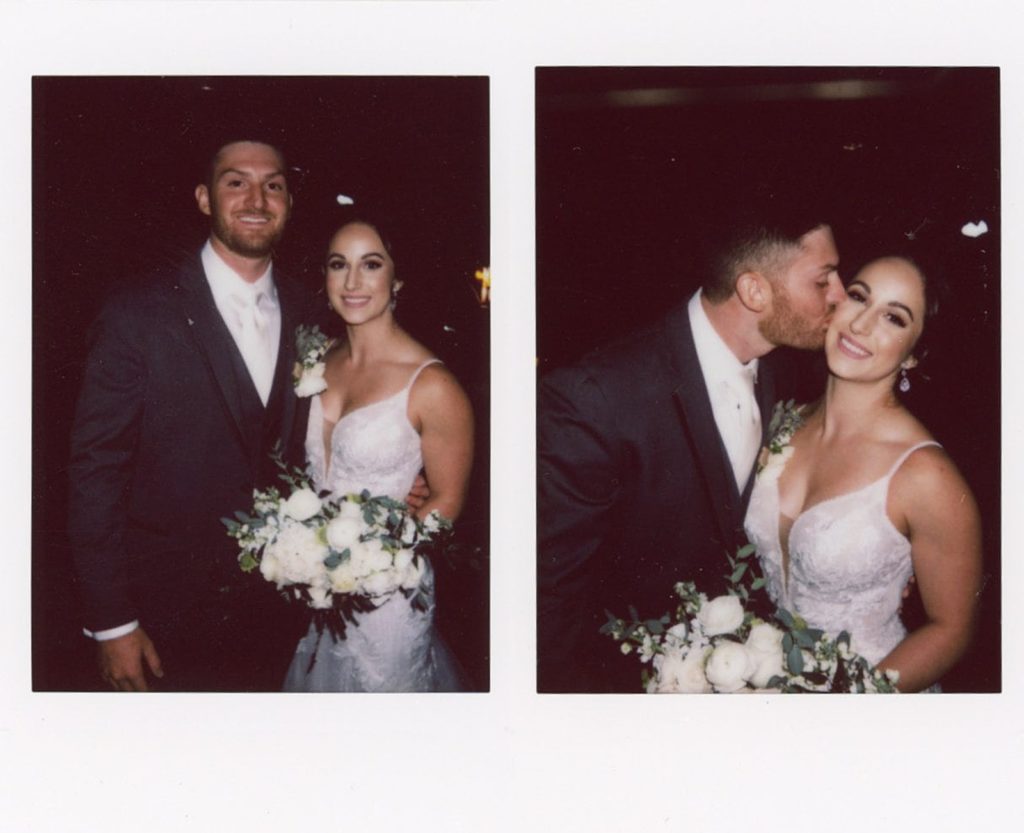
Polaroid Close Up 636
The Camera: This is, hands down, my absolute favorite instant film camera. This vintage camera was manufactured in the 80’s. Because the Polaroid Close Up 636 was made so well, it’s still in pretty good condition. This camera gives that vintage Polaroid look that people love. It’s also incredibly easy to use and consistent if you have a good sense of the settings.
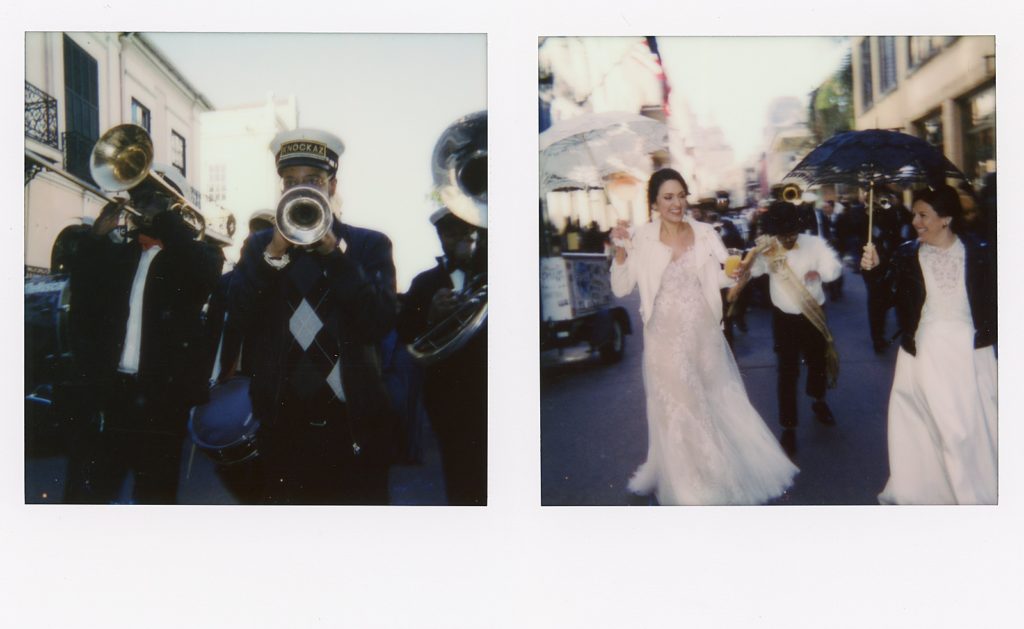
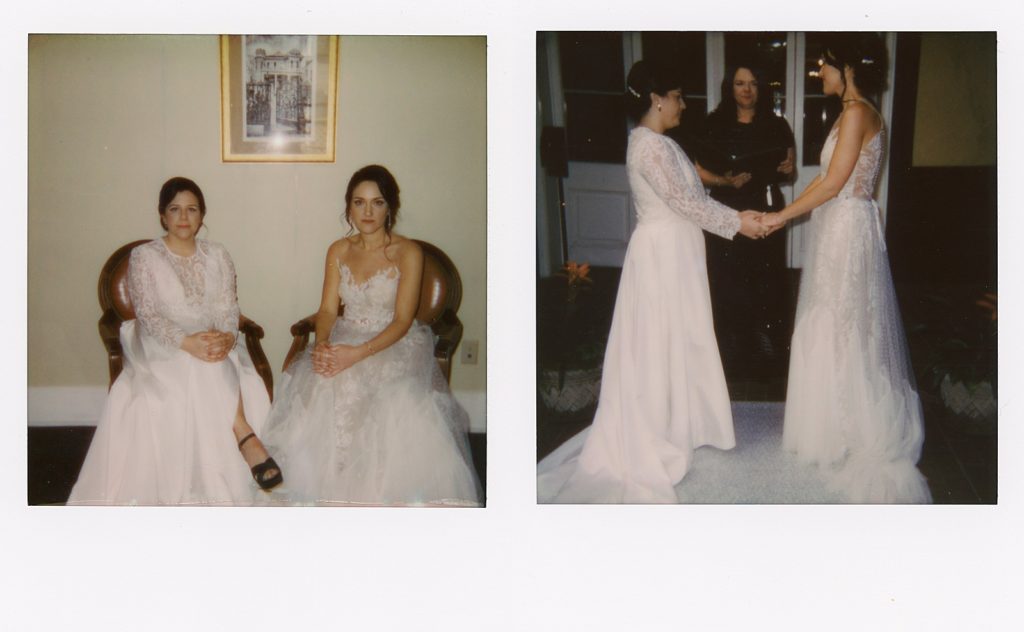
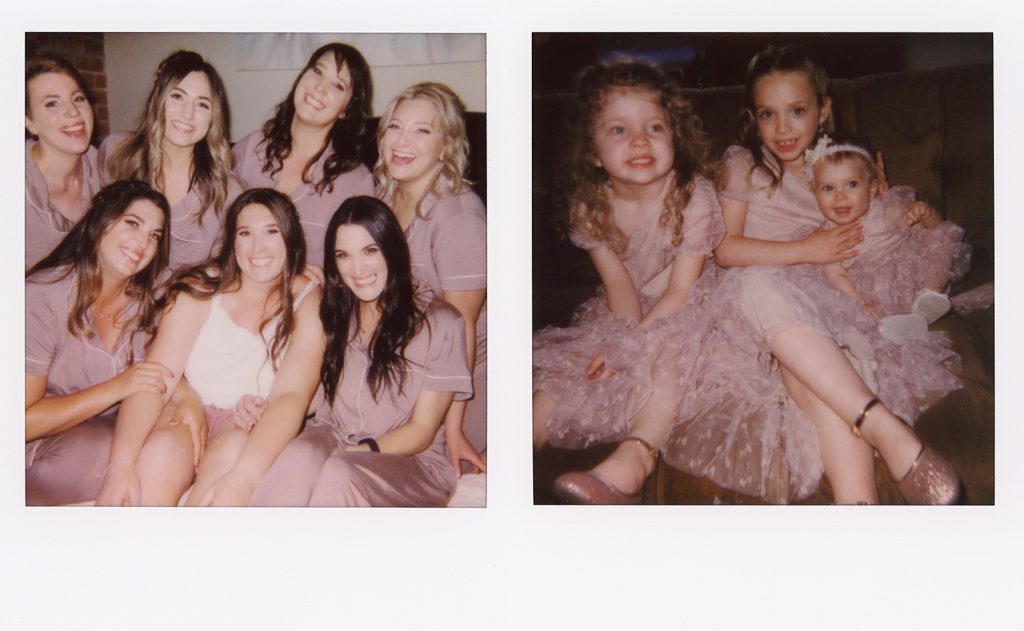

Pros: The Polaroid Close Up 636 is very user-friendly with controls as separate buttons. It also has an exposure slider that lets you customize the intensity of the flash. The result is beautiful, vintage images. Another perk: You don’t have to charge the camera because it has a small battery.

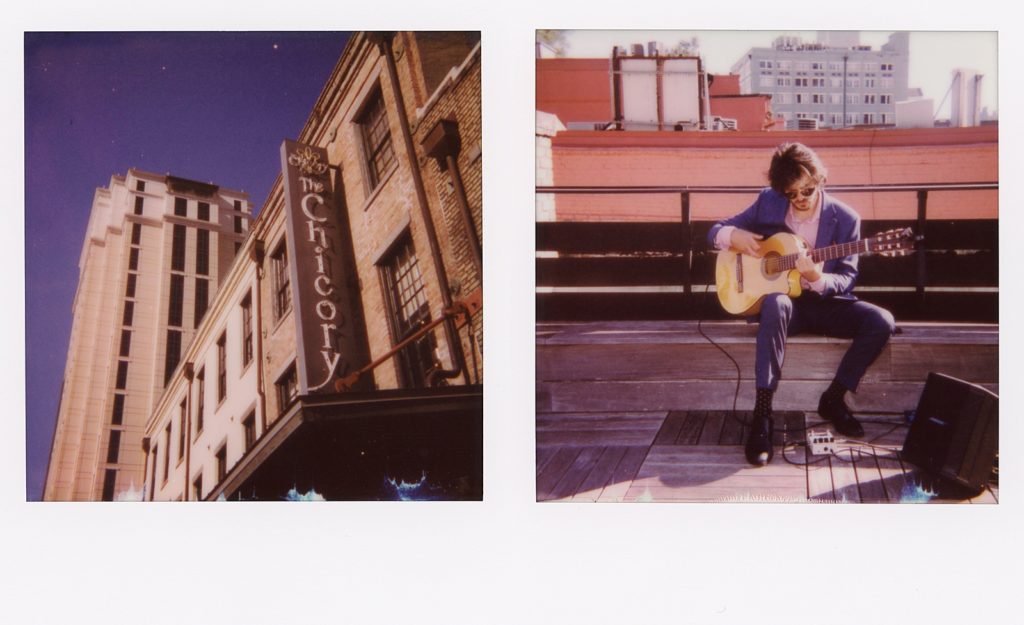
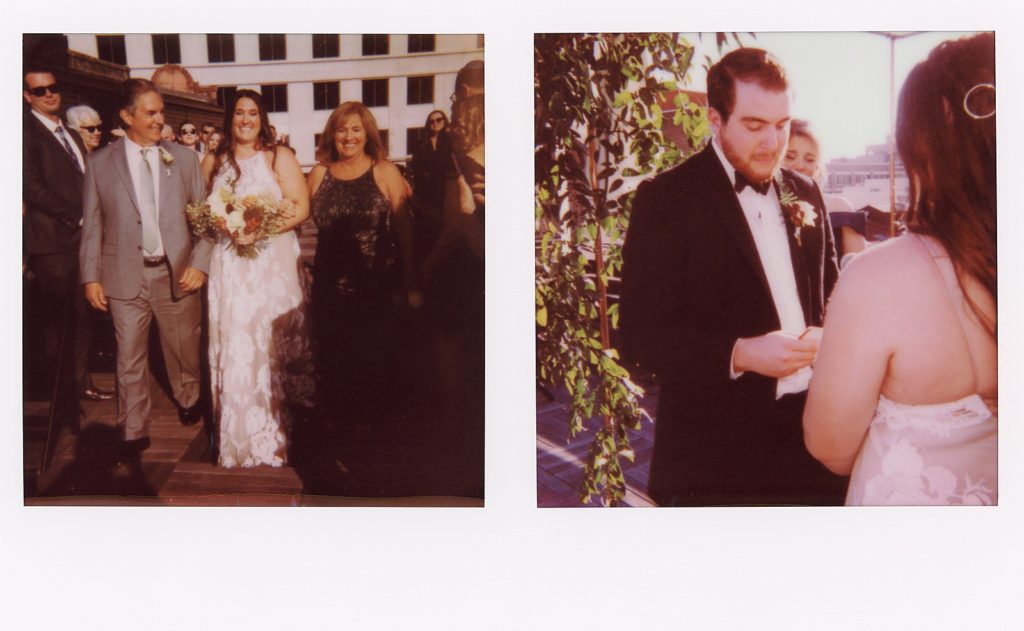
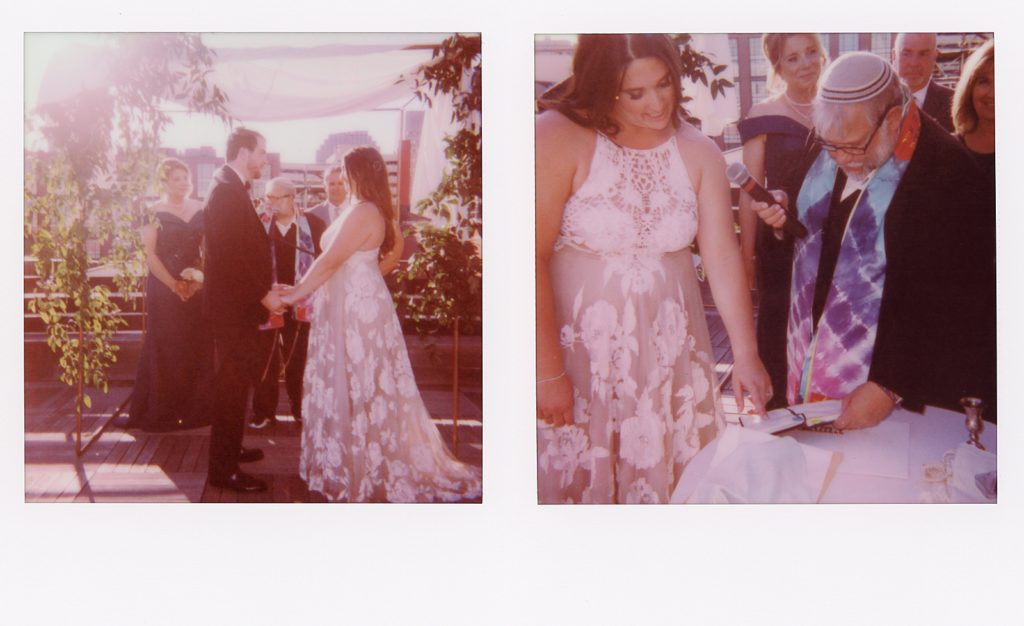
Cons: Unfortunately, this camera only takes 600 color film, which is expensive and bulky.
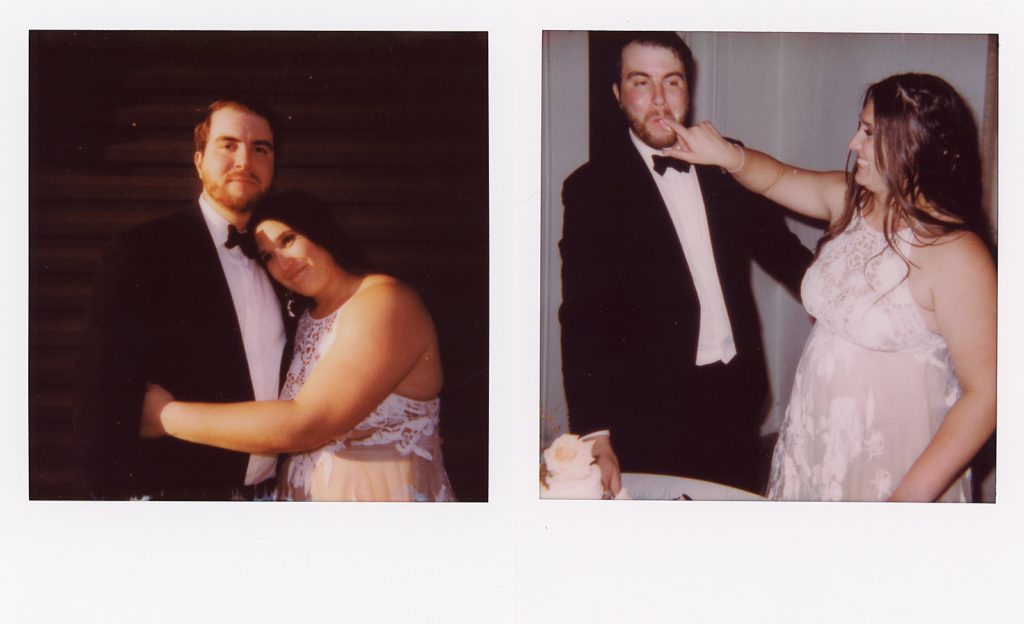
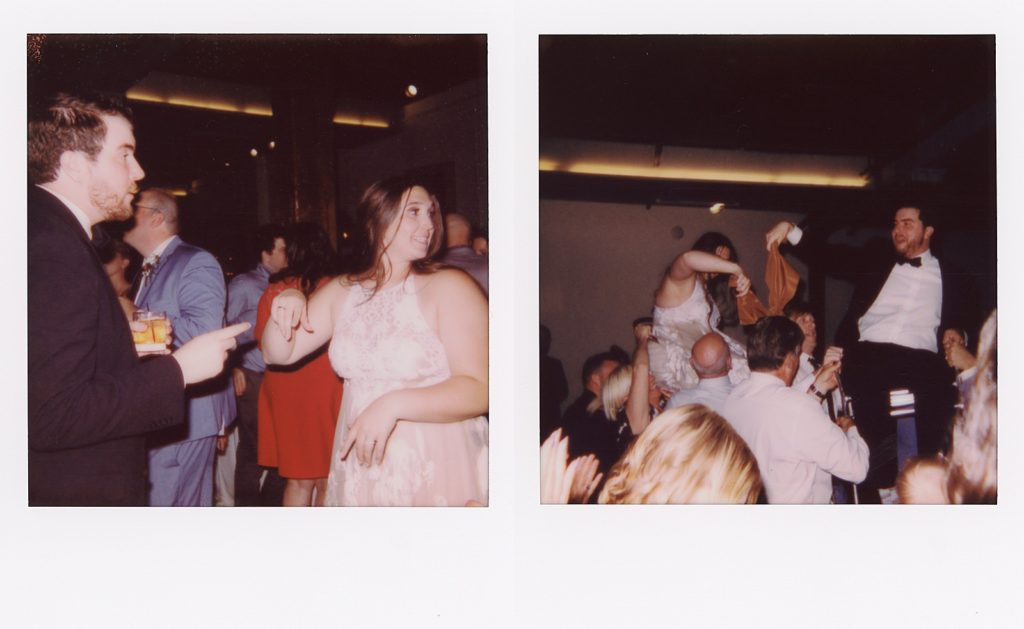
PolaroidNOW
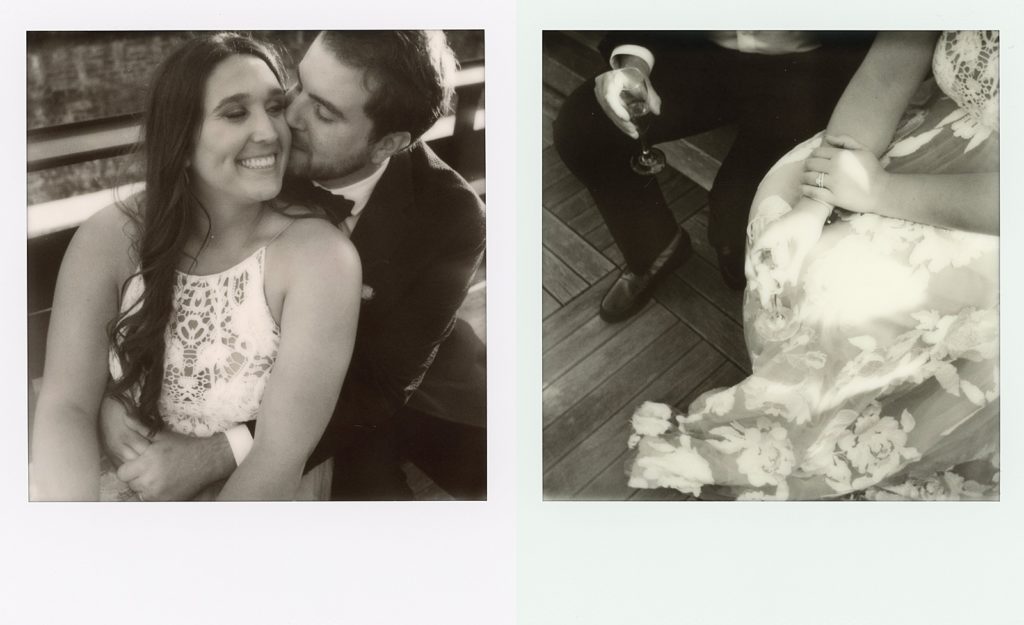
The Camera: The PolaroidNOW is the best instant film camera to learn on. It’s very bare-bones and sensitive to light. You have to nail the settings to get a quality image. While I take this camera to weddings loaded with black and white film, I otherwise default to my Polaroid Close Up 636.
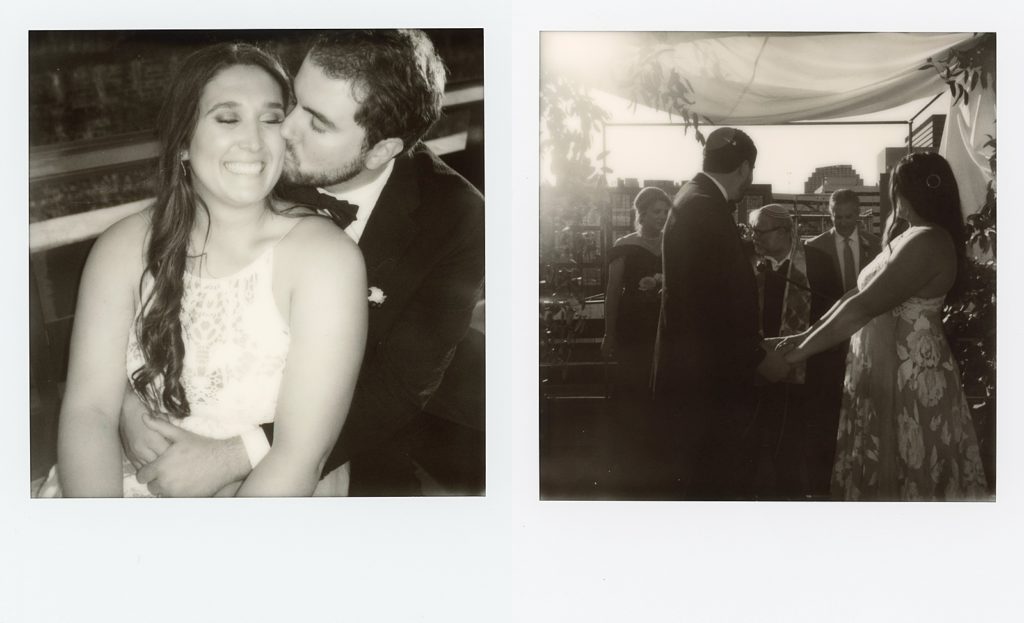
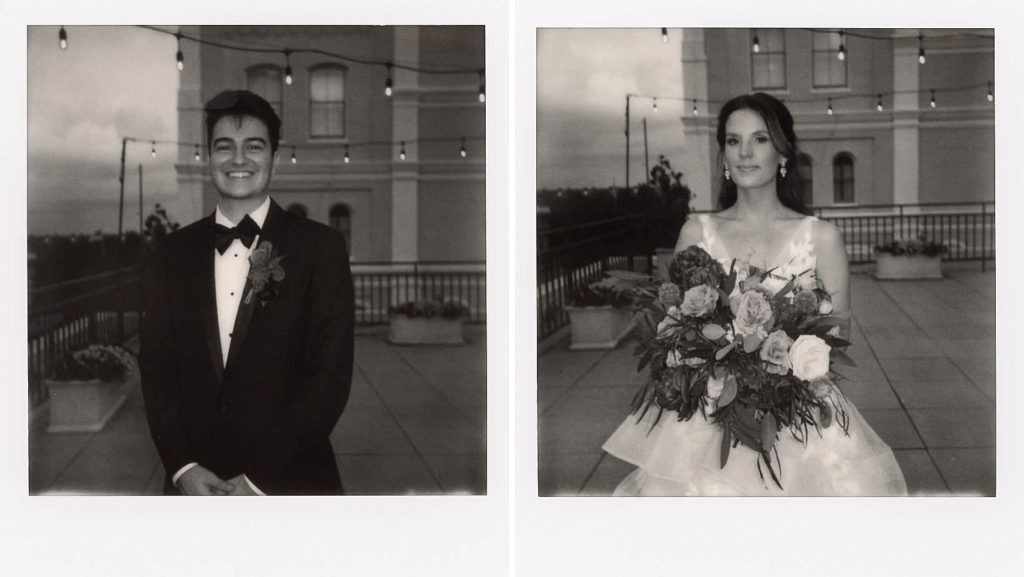
Pros: This camera takes Color iType instant film, which is significantly less expensive than 600 color film. (This is one of the reasons it’s a good learning camera.)
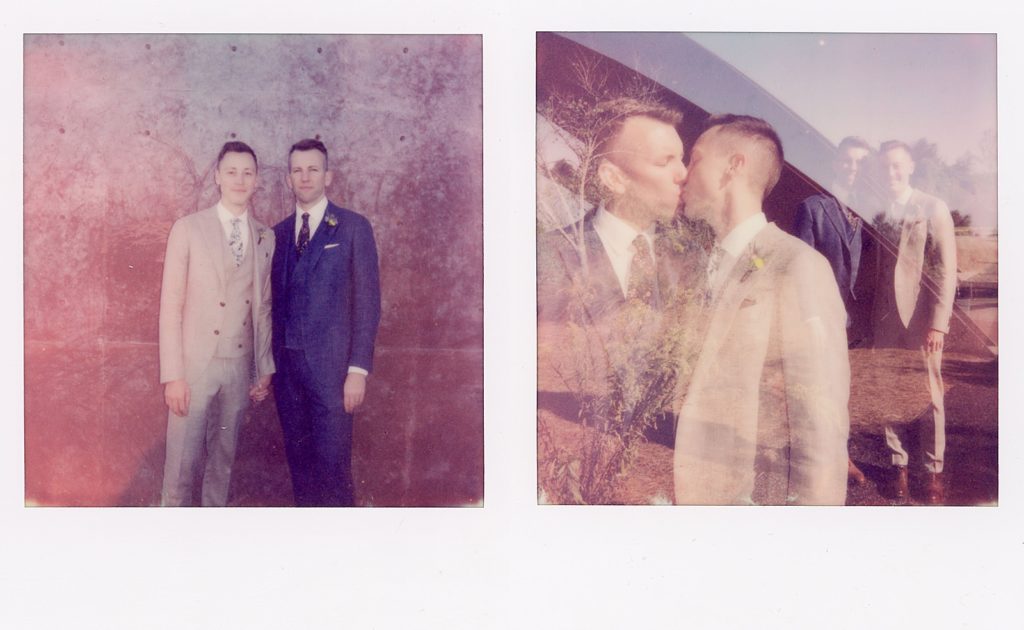
Cons: The PolaroidNOW is incredibly sensitive to extreme weather conditions. It’s best practice to keep the film climate controlled until you’re ready to use it. You also need to remember to keep it charged.
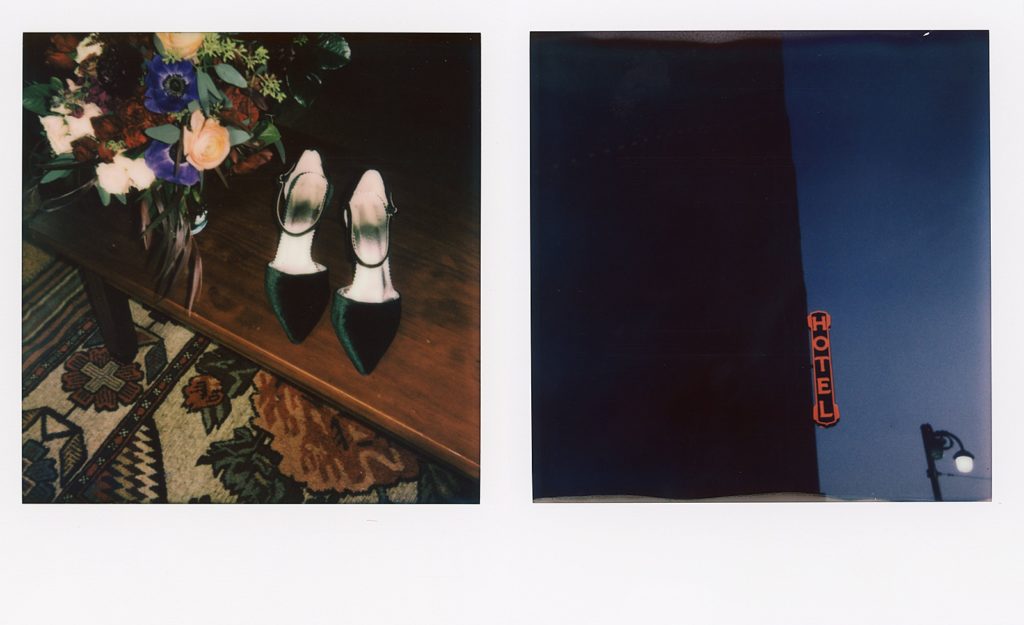
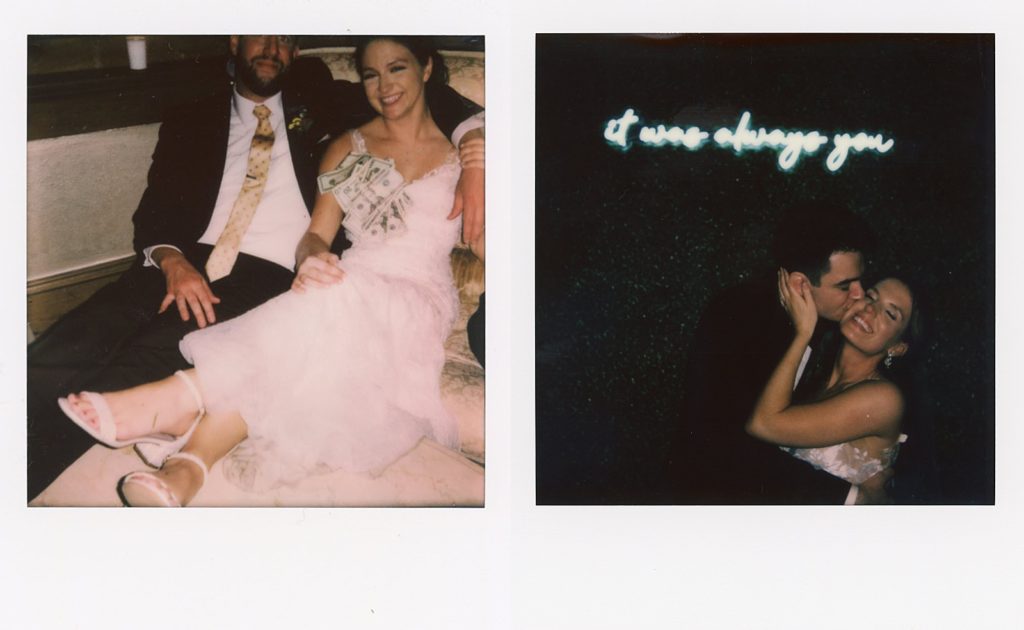
Instax
The Camera: This little camera is super impressive! It produces clear, true to tone photos. The images can lack that vintage feel of other instant film cameras. You have to decide how much that matters to you. The Instax really has become popular for wedding guest books for a reason.


Pros: The biggest advantage of the Instax is the price. It is drastically less expensive than other instant film cameras out there. If you want to take a lot of photos without spending too much, this is an excellent option. The true to tone colors appeal to a lot of people. The camera itself comes in cute colors, too.
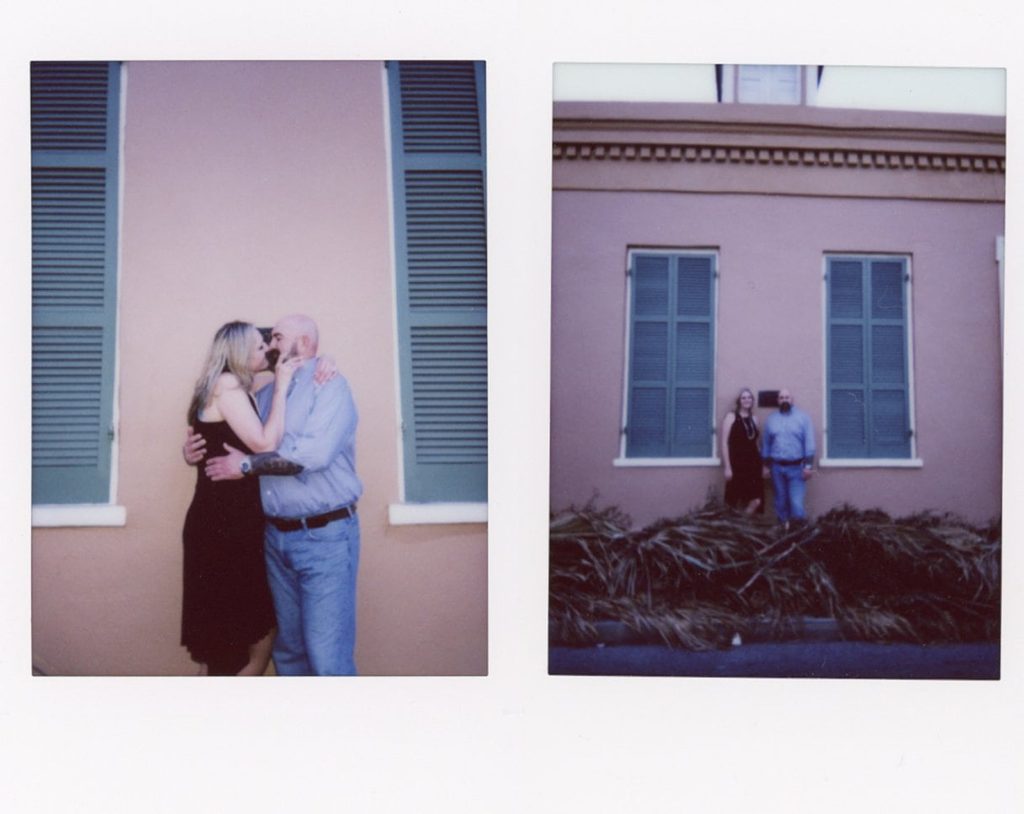
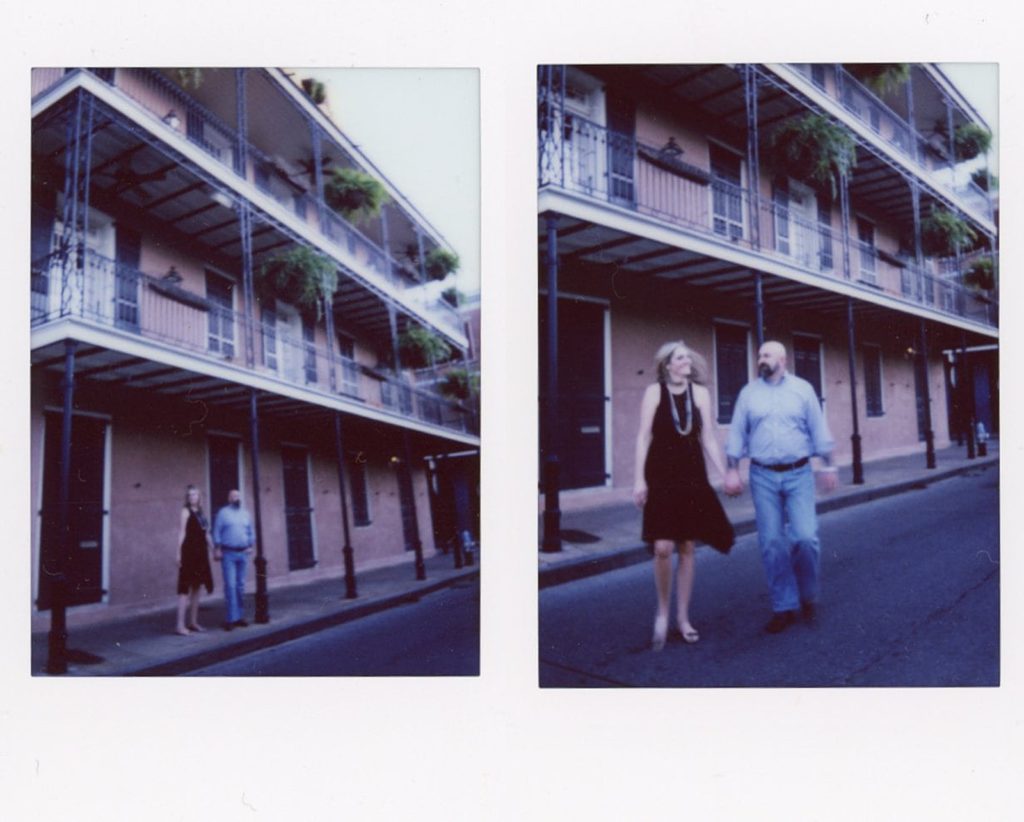
Cons: Instax photos come in a variety of sizes, but they’re all smaller than Polaroid. I don’t use it much in paid work for this reason. This is what makes it so great for things like guest books. You can’t adjust settings on this camera, so the quality of image really depends on the light and other ambient conditions.

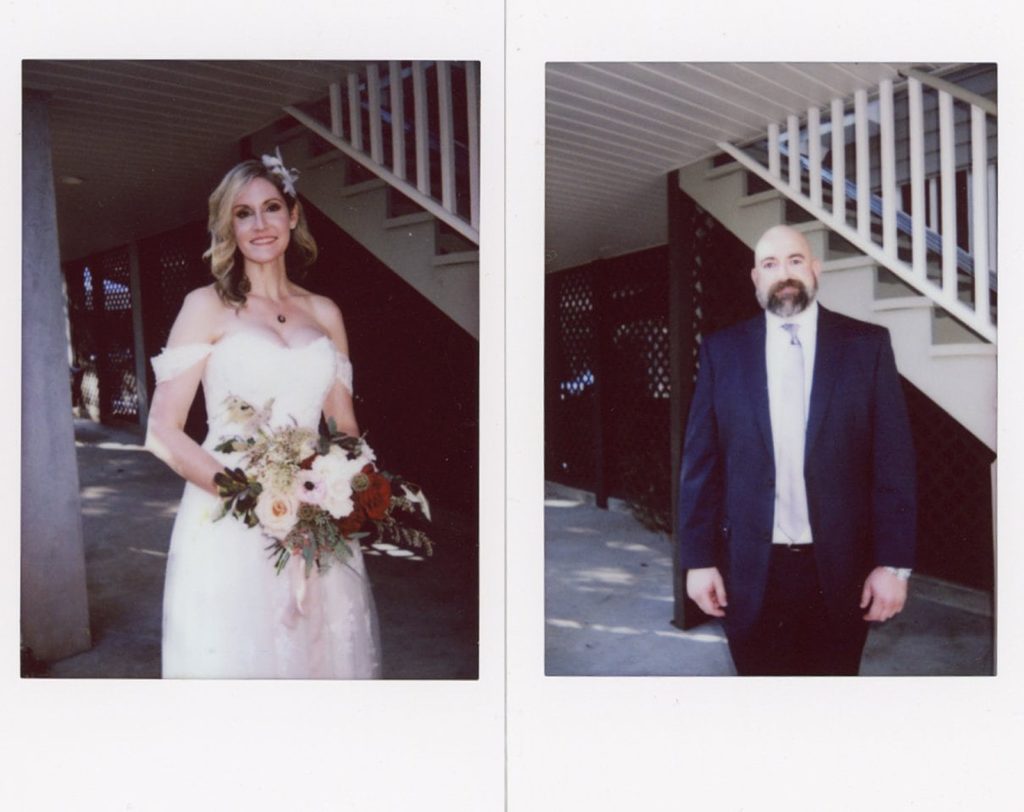

My Take as a Wedding Photographer
I said it Part 1 of this film camera review, and I’ll say it again: There’s no single “right” way to do film. Pick the camera that makes the most sense for how you’ll use it. Since I’m a wedding photographer, that guides my own preferences. If I had to choose just one instant film camera to photograph a wedding, I would use my vintage Polaroid Close Up 636. It’s durable, has adjustable settings, and produces beautiful images.
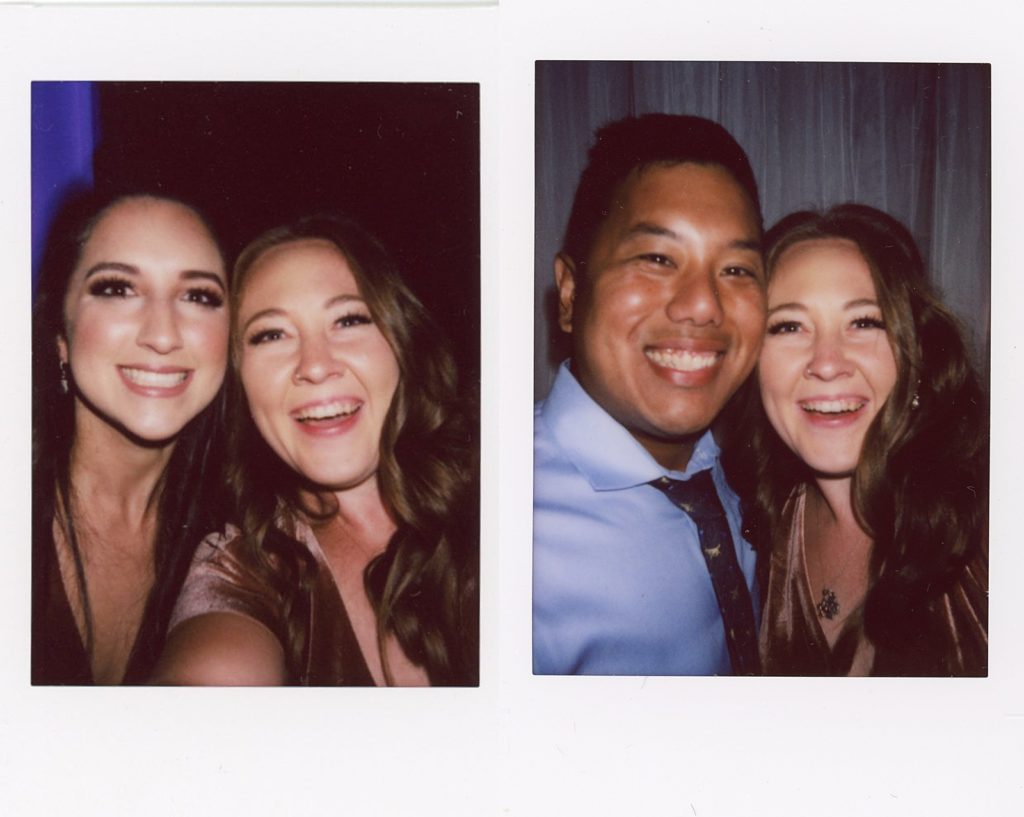
Are you interested in learning more about film cameras? Check out Part 1 of this series, my review of 35mm film cameras.

